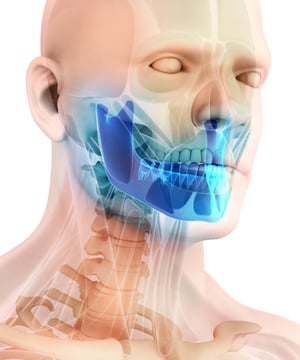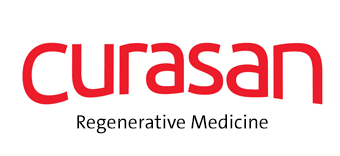
Patients who suffer from facial trauma after a disastrous event such as a traffic accident, fall, sports related injury or violent act will most likely need dental surgery to restore their facial appearance. Correcting maxillofacial trauma calls for special training and a clear understanding of facial features and function. Furthermore, it’s critical for surgeons to consider their patient’s appearance prior to the trauma and any permanent damage that has been done that may affect the results.
Even after the physical restorative process has begun, patients may still be suffering emotionally. Physically the work may be complete, but the emotional process may have just begun. It is important for the oral surgeon to be extra sensitive and offer additional care when working with these patients. To help patients feel secure in the providers decision and processes, it is important to establish a long term trusting relationship especially when multiple procedures are needed.
Types of Maxillofacial Trauma
There are three main classifications used by health professionals, based on the severity of the injury:
- Soft tissue injuries: lacerations to the skin and any gum
- Bone injuries: broken facial bones
- Tooth trauma: many times, facial trauma is accompanied by broken or lost teeth
Soft Tissue Injuries
Soft tissue injuries can be classified as superficial or deep lacerations to the face. Depending on the severity of the injury, treatment for soft tissue injuries will vary. Conservative care, stitching of the gums, and sedation techniques may be used. To prevent an infection to the gums, they will first need to be thoroughly cleansed. Soft tissue injuries are not usually life threatening, but most times will require some degree of stitching, if only to stop the initial bleeding from the trauma. It’s important that care is taken to inspect and treat injuries to facial nerves, salivary ducts, and salivary glands.
Bone Injuries
More severe than soft tissue injuries, are those affecting the bone. They require immediate attention to prevent any problems from worsening. When dealing with fractures in other parts of the body, bones can be immobilized in a cast to heal, but facial fractures cannot be casted. Any bone damage should be assessed using X-rays; depending on the severity of the injury and the specific location, the treatment will then be adapted to meet the patient’s unique needs. In some cases, treatment may be wiring the jaw shut. Bone injuries, in many other cases, are treated with plates or screws surgically positioned at the injury location.
Tooth Trauma
Many facial injuries affect the mouth and the teeth, creating a variety of dental problems that must be dealt with. These injuries may require a collaborative effort between dental professionals, both Maxillofacial and Oral surgeons, who manage treatment of any fracture in the supporting bone or restoring displaced or missing teeth. These procedures can include splinting the teeth by wiring or bonding them together, reinserting teeth that have come out of their dental sockets, and replacing missing teeth with immediate dental implants.
As a pioneer and global technology leader in the growing field of regenerative medicine, curasan specializes primarily on biomimetic bone grafting materials for dental, oral/maxillofacial, orthopedic, and spinal applications. We develop and manufacture biomaterials and medical devices in the field of bone and tissue regeneration, wound healing, and osteoarthritis therapy. We have a strong reputation on delivering outstanding customer service and providing quality products around the globe. To learn more about our product portfolio and how to incorporate them into your business with our easy ordering process please reach out, we’d love to chat !
